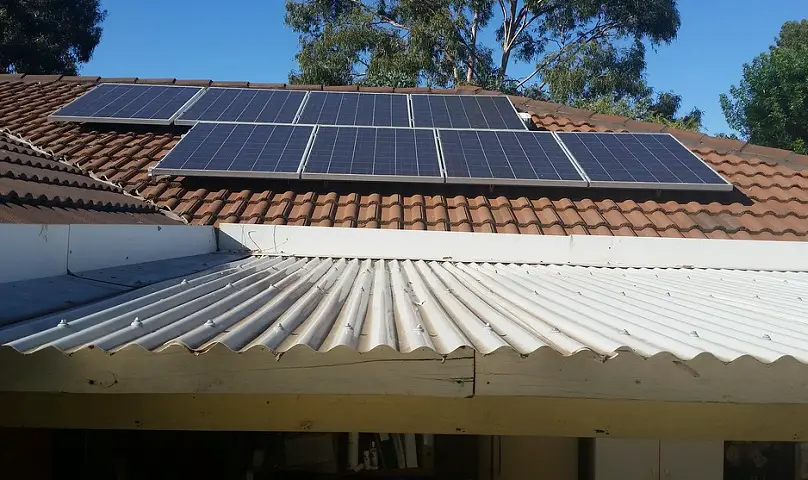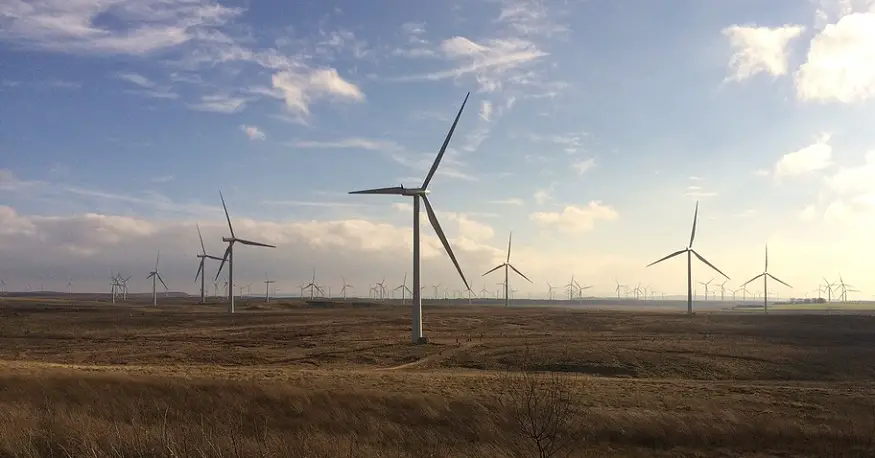
Energy experts says that renewable H2 is becoming more cost effective
June 11, 2019Australia’s leading energy experts say that green hydrogen (H2) is starting to match the cost of fossil fuels.
Renewable H2 has the potential to emerge as a significant export industry for Australia, according to the country’s leading energy experts. These experts also say that technology costs are continuing to fall and that this is the beginning of hydrogen fuel reaching cost parity with certain fossil fuel equivalents.
Australia is an ideal location for producing an abundance of green hydrogen fuel.
Renewable H2, also known as green hydrogen, is hydrogen fuel that is produced using power from renewable sources, such as wind and solar energy, both of which Australia has an abundant supply.
According to experts from CSIRO, the Australian National University, and Monash University, Australia is ideally placed to take advantage of increasing global demand for low or zero emission hydrogen fuel. Moreover, falling technology costs is allowing hydrogen to emerge as a cost-competitive and emission-free alternative fuel.
“Australia has a lot of renewable energy, and there is a prospect that we could replace exports of fossil fuels with exports of renewable energy. One of the storage media we could use for exporting renewable energy could be hydrogen,” Professor Ken Baldwin of ANU’s Energy Change Institute recently said at a media briefing, reports Renew Economy.
Japan and South Korea could be high potential market into which Australia can export renewable H2.
Currently, Australia has existing export supply chains of gas to its regional neighbors, Japan and South Korea. According to the experts, this existing supply chain provides a high potential market into whichAustralia can export hydrogen. The reason is that both Japan and South Korea are already invested in hydrogen and are working toward making this clean fuel a part of their future economies.
“For the first time we’ve got real strong global pull for imported, low-carbon hydrogen,” said Dr. Daniel Roberts, leader of the CSIRO Hydrogen Energy Systems Future Science Platform.
“Japan has got this as central to their energy strategy, Korea has a roadmap and Europe is really moving forward fast.”
Roberts says that the worldwide demand for hydrogen has been predicted to ten-fold between now and 2050, which is about equal to one-fifth of present energy use. The demand for low-emission and renewable H2 is the result of  hydrogen’s growing popularity in multiple sectors throughout the economy, including industrial processes, transport fuels, and electricity energy storage, as well as providing power and heat to buildings.
hydrogen’s growing popularity in multiple sectors throughout the economy, including industrial processes, transport fuels, and electricity energy storage, as well as providing power and heat to buildings.



 With over 15 years of reporting hydrogen news, we are your premier source for the latest updates and insights in hydrogen and renewable energy.
With over 15 years of reporting hydrogen news, we are your premier source for the latest updates and insights in hydrogen and renewable energy.
The Achilles heel to the electrified future we espouse is our grid. Though it barely supports what is already plugged in, we want to use it for heating and vehicle charging. This means that just about all our energy will be delivered through wires.
Alas, we simply have no such grid capacity, nor is much on the way. Indeed, it takes all we know to keep the lights from going out. Hydrogen on he other hand is an energy carrier. A tanker-full of it can light an entire city. It can even charge the deluge of battery cars of the next decade.
But why should we be hauling around heavy batteries — almost half the weight of the car — when we can fill-up fast with the lighter hydrogen?
Anyway we look at it, hydrogen is the closest thing we have to gasoline, except 100% cleaner. And if we make it at scale with nuclear power, it will be 100% carbon free. Indeed, hydrogen from nuclear power is the surest way around to save our planet from global warming.